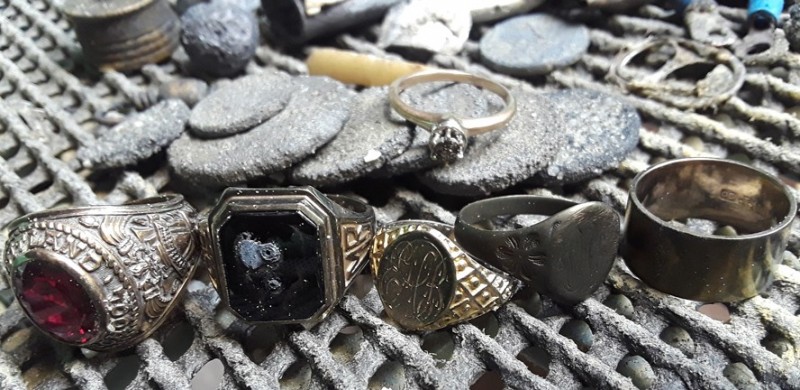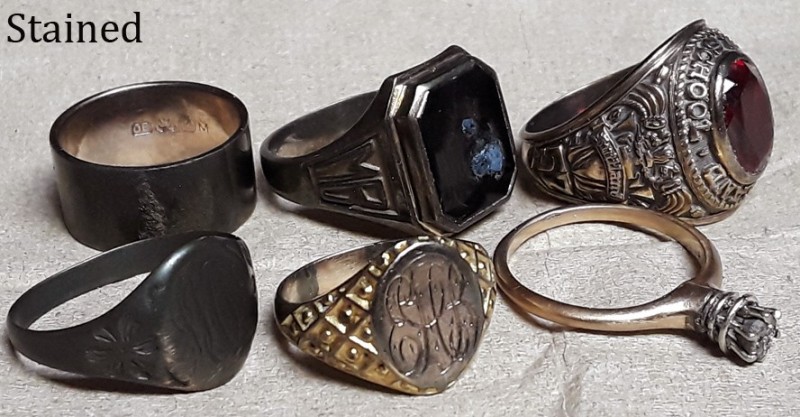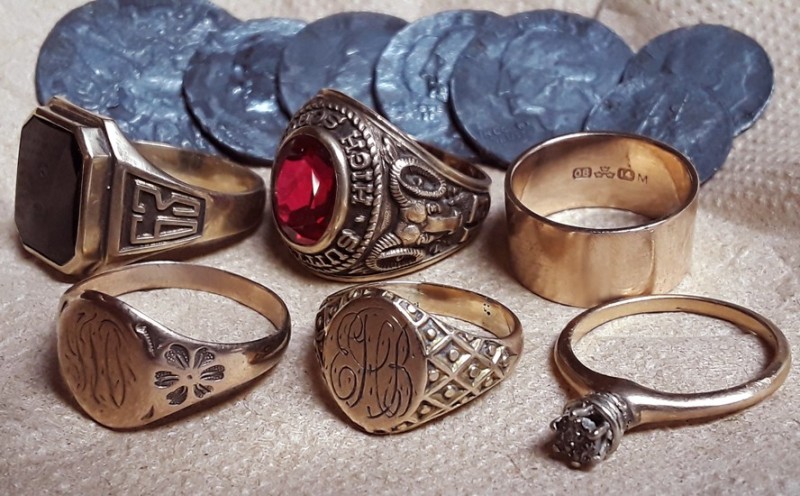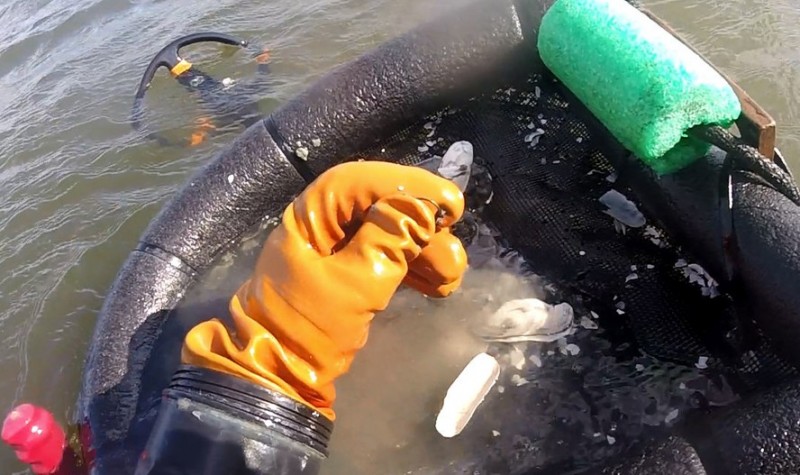Leaderboard
Popular Content
Showing content with the highest reputation on 05/08/2020 in all areas
-
Most certainly some gold in those piles, but since it is not my stomping ground I don't know if the origin of the gold in that area was flour gold, or flour and small pickers or flour with small pickers and occasional nuggets? Then on the nuggets, is it more of specimen gold and or were there known solid pieces of size? I have done well detecting tailing piles and some of my biggest gold finds have come from such. I normally do not recommend a small coil in tailings, so stick with the stock 11" you have for now. 99% of the gold you'll ever find with the EQ-800 will give consistent readings below #20. In fact, most of my gold found with the NOX reads 0,1, or 2. I have found a few pieces in the lower teens. Be sure to set another Mode at 5 kHz to get a idea on those 13 - 15 #'s. Usually big iron, but with a quick check in Park Mode #1 set at 5 kHz, will help verify. Checking the same signal in that mode will give iron targets the jumpies and most times in the 30's. When you see inconsistent big variables of readout #'s, it is time to fill the hole and walk. Keep us posted of your 1st score. Attached is some Equinox gold I found in tailing piles. Good Luck.6 points
-
Many places here you can't use a spade. I was at a school yard other day and a maintenance guy drove up and blew his horn. Yelled that I left big holes all over. I pointed to my digger and showed him what I dug and the tiny spots I put flaps and plugs back with no lumps no damage. He let me keep detecting. If I brought my foot digger I would have been banned from the area. The right tool for the area is important. Shovels and foot spades are great in big fields or woods that don't have too many roots but I find myself using a hand digger most of the time. I take my time pinpointing the target well before I even stoop over to dig. Sweep in one direction then at a 45 sweep again. Sometimes if you bug dance around too much you will miss and start picking up other targets. My sweeps are just wide enough to cover the target. Helps with figuring size too. That is a cool find, congrats!5 points
-
One of these days I'm going to keep my mouth shut (err, fingers dormant) but at the same time I feel that's being dishonest. So here I go again, but I'll start with some disclamiers: 1) Jeff, I respect your knowledge and your sharing of that as much as anyone who posts here. Anyone. I also appreciate your posting this video as I seem there are things I need to learn. In that sense I give the video a plus. 2) I don't have any XP products. However, there are enough positive things posted on this site that I'm confident the Deus and ORX are top performers. I even consulted with one of you (Chase) privately when I was considering picking one up, but decided it wasn't enough of an improvement over the Minelab Equinox (as always, better at some things, not as good at others) and buying another detector to share time with one I'm still learning is more like treading water -- one more detector I haven't mastered -- that I'm better off currently putting all my attention on the Eqx. OK, now I'll (again) play the little boy watching the King dance around in his underwear. Let's review the hits shown in the video: 14 total -- one clad quarter (90's TID), one copper alloy Lincoln cent (right around 88-90 TID), one zinc penny (low 80's TID), ten pieces of various aluminum (square tabs, foil, can slaw). I'll save the 'best' for last. The goal of the video was stated to be distinguishing aluminum trash from gold rings. The coins are up there where you almost never get gold. No big deal there, and the detectorist never claimed there was. Now here's a question -- how many aluminum trash targets do you typically detect in the course of finding a single gold ring? I've seen estimates from 100 to 500, and I think I vaguely recall someone saying 1000. The reality is there is way more trash in the ground than treasure, especially when the treasure is gold. Let's say I go out and try the same experiment, except I'm going to call everything less than zinc penny (and above ferrous) aluminum trash, or even more non-descript -- non-gold. What's the chances I dig 10 targets and all of them are non-gold? Oh, but there at the end of the video he does find a gold ring! Pretty impressive. He goes through all the techniques he's been using and shows the signal is different than the others. Then the deflating comment -- he found that ring two weeks prior. So this was planted. He knew all along while he was going over the target exactly what it was. This isn't simply about bravado ("I can tell trash from treasure"). This is why scientists do double-blind experiments. When they know the result they can easily fool themselves. Summary: apples to oranges, again. Real aluminum trash and a planted ring. I do appreciate his honesty in confessing he had dug this target previously. He had me fooled.4 points
-
Just a couple of considerations for those using the ORX. The Deus Hot program utilized in the video uses full tones which gives some of the telltale tonal nuances heard in the video. Unfortunately, it is not available on the Orx which is limited to 3 tones, but some of the principles still apply (e.g., TID variability). Note also that he was using an HF coil at 14 khz. On Deus, the HF coil target ID's are not normalized. On ORX, the HF coil target ID's are all normalized to 18 khz equivalent target IDs so the Target IDs in the video will not correspond to the target IDs you will see even if running the HF coil at 14 khz on the ORX.4 points
-
Hopefully your dirt is a lot less mineralized than mine. Some of the techniques outlined in the excellent video will probably only work in milder soil. Also, I use the Coin Fast program on the ORX to mimic the Hot program. I tried some of these ideas out a few minutes ago at a nearby park and on shallower 4" or less trash targets and they work fairly well here. On deeper targets it is totally a crap shoot since every target reads 90 to 99 here. I dug a 6" pull tab and a 6" US nickel. Both read 94 to 99 in every possible detector swing direction. There was no elongation of the audio on the nickel but there was just enough on the pull tab for me to call it as "deeper" aluminum despite its numerical target ID. This up averaging is not necessarily a weakness of the ORX and the Deus here. Every single frequency detector will do that here. The ORX is such a pleasure to swing and it is an outstanding gold prospecting detector. Jeff4 points
-
Some great commentary here. I’ll keep mine short and just say thank you to people who leave “aluminum” in the ground!3 points
-
Manuals http://web.archive.org/web/20150813221556/http://jb-ms.com/Detectors/Manuals/ Plus you can access Tesoro from the web archives last recorded Dec 12, 2018 http://web.archive.org/web/20180909124230/http://www.tesoro.com/product/detectors/3 points
-
The first piece of info I'll give you is that you will never eliminate damaging a coin occasionally. The best you can do is minimize it. I possibly go to an extreme compared to most. Life's decisions are always tradeoffs. Here are my techniques. 1) I use two pinpointers when coin hunting. (I warned you -- I go to extremes). The Garrett Carrot tells me when I've got a coin in range. The White's TRX hones in much better on its location (including distance, i.e. how much deeper do I need to dig). 2) If I'm in soft to moderately soft ground and the TRX says I'm close I use a plastic scoop. 3) When using a metal digger I always try to dig around the item. That means the target should come out in a clump of dirt. This can be very difficult to impossible if you are in packed gravel or limestone such as driveways or roadways. Those are the toughest conditions for both simply digging and avoiding nicking the target. Try your best but every once in a while the best detectorists still nick the target.3 points
-
Did a quick stint at the park this morning and found a Battle of Verdun coin/medallion dated 1916. As you can see from the pics I nicked it with the digging tool. 🤮 I'd like some advice on how to avoid this in the future. I know part of it is just experience, but there must be some techniques or mechanics that will help to mitigate this. I've included an image of a better conditioned coin too. Found a bunch of clad coins along with this. The Vanquish is a sweet little detector. Won't replace my Nox 800, but it is really fun to use! I think I will get the bigger coil for it...2 points
-
I got out for a couple hrs yesterday with forum member Beatup's brother. It's summer in Sunny Yuma, approaching 100 degrees around 9:00am so we started right at sunup. We were 30 minutes into a desert wash that had produced good gold for him this past winter. We split up at the first junction of washes I went left, he went right. I had taken about 10 steps and froze mid-stride as an 18" DiamondBack rattler slithered through my legs from behind me. He paid me no mind, and gathered himself up under a jumble of rocks 10 ft away. He never rattled, hissed or made any aggressive motion, early morning temps around 70 degrees. All I can figure is he was under a small boulder and as I passed he decided we were heading in the same direction, the gravel wash being his own territory. The fact that he was decidedly moving on his way and didn't stop and rattle probably saved me a pair of underwear. As dear old Fred Mason would say, "don't kill them, you're the trespasser" and I rarely do. I have snake chaps, but generally have excuses not to wear them, oh well. The good news, I found a 1.5 gram piece and brother of Beatup found a whopping 5 grammer. As old Sgt Esterhaus on Hill Street Blues used to say "remember, let's be careful out there".2 points
-
A friend of mine once told me that in Germany, if you're learning to work with metals, you're not allowed to use a machine until you've first proven that you know how to work with hand tools, files in particular. Only when you've mastered those tools and their associated techniques can you move up to lathes, milling machines, etc. Maybe that's the way it should be with metal detectors. I know when Kevin Hoagland is teaching finding native gold, he covers the screens of his students' detectors (the ones that have screens) and forces his students to listen to the subtle sounds that indicate a possible good target. Maybe coin, relic, and jewelry detecting should start the same way. Those who cut their teeth on the Tesoros learned the right way, IMO.2 points
-
Well said GB! My little bit, I know what a good target sounds like on couple of my machines with a great deal of accuracy and still learning my MK. With that being said and knowing how a good target sounds I avoid the other targets. One of the reasons I don't notch disc anything out other than the lowest denominator being iron and in some cases foil and small aluminum. I have a great confidence that I haven't missed any gold rings in doing so when I still pick up earings. This just tells me that there are most likely no gold rings. VDI #'s are nice but my first choice for indicator is the audio regardless what the vdi shows. The strength of a signal and how far you can hear it with coil lifted, duration of the signal and how long or short it carries and the roll of the target are the real indications I go by. It really doesn't matter to me what machine I use with my PI as an exception as the audio on that is pretty consistent with incredibly subtle differences. Trash has so many variables over good targets I find it easier to just ignore them. The only times it gets tricky is with iron masking so I listen for breaks on some machines or keep my iron audio low and hit those spots at a couple of angles to see if a target is being dragged down. Iron will bring a good target or even smother it in one direction but you may get a chirp or much higher # in another direction and of course if you somehow see a spike at near max of the VDI range then it's just big iron.2 points
-
2 points
-
Picking stuff out from rocks, gravel and roots is always risky. Can't use shovels or spades there either. Happens to everyone. Look at it on the brighter side... all the other ones out there are worth that much more 🙂2 points
-
Yes. I would use 28Khz for gold/gold jewelry. You can push it to the higher frequency (54 khz) for micro gold but your depth will suffer a little.2 points
-
I speculate that the Russian control pods are actually LRL's hence you don't need the rest of the machine. Just hit the horse shoe button and your in Luck.🙂 From what I've seen running around the parks lots of people are quite happy with their Nox's, as am I.2 points
-
Thanks a lot for your words about it! I'm oriented to an 8" coil, (Detech mono)especially cause I dive and always try looking on Rocky environment when the erosion appear. I learned in the past that a smaller coil can be pushed higher in sensitivity, so the perfect size will be 8"for me... Hopefully in the future i'll be able to reduce the higher delay of 14ms to 10ms and don't hear too much drift noise changing the coil.2 points
-
Actually I never detect in schoolyards or parks , only in ploughed fields or woods , always with a permission. In such open fields using a big spade does not really matter as the farmers use several tons tractors for cultivation ... However I always refill my holes , even in ploughed fields … I would not detect in a schoolyard or a park because it is usually not allowed over here. This is why some detector function names like Park , Park1 , Park2 look a little weird over here … 🙂2 points
-
Great piece of adventure and advice. I don't kill them any more and in fact don't mess with them much either. I used to though. These pics were at Rye Patch, NV from years ago when I was stupid. And before anyone chimes in and says that is not a real pic and it's photoshopped? Please look at the pic and notice the shadow of the gold nugget on the snakes back. Please folks, no use trying to get yourself bit like I did that day. Not worth it. Yes I was a dumbshit. Good that the 2 of you both got gold too.2 points
-
------------------------------------------------------------------------------------------------------------------------------------------------- ... tonight I did a similar Nailboard test Minelab Vanquish 340 ..but on a small V8 coil... The results of the separation were definitely much better .... When some time ago I got up to 5 points out of 8max from the Vanquish 340 and the V10 coil in the same test .... now I got up to 7 points out of 8 points max in the same test on the small V8 coil ... From the comparison of the depth range ... V10 coils and V8 coils I will give out that the range of these coils will not be far from each other ,,, at least on my Vanquish340 ... The V8 coil is very stable even at the maximum sensitivity of the detector. Vanquish is very well balanced and compact with the V8 coil .... I even dare to say ... that if Vanquish were sold in a standard package with a V8 coil, it would be a more advantageous, better and even cheaper / 200 euros / alternative for both beginners and advanced detectors ... Minelab should think about that ... Another important thing at least for me .... when we think about it .... that the Vanquish 340 with a V8 coil would be practically worth 200 euros - we get to a technically important milestone ... and this is a multifrequent Pinpointer with a relatively long range and with the exact ID ... in depth .. at a price of 200 euros .... It's only a matter of time before some manufacturers ... come to market with such a multifrequency pinpointer whith "ID" ...2 points
-
2 points
-
What Goldhound said. For gold prospecting most of the usefulness to me personally is in tracer elements. Arsenic for instance is a very common one. My main interest is in locating hidden/buried hard rock deposits, and tracer elements are a great way to do this. Once assays show what is consistently running with gold, then you can use the XRF not to look for gold itself, but to look for whatever element is associated with it. An XRF isn't a substitute for an assay. But assays are expensive, take a very long time, and all the samples are cumbersome. It's much easier to use an XRF in the field to do a quick, qualitative analysis in order to determine if samples merit collecting and sending in and paying for the assay to get a quantitative measurement. Soil assays are definitely the way to go over an XRF, a gold pan is still more useful to me if it's gold itself I'm tracing. Gold is bad element to chase with a XRF, for a number of technical reasons the threshold of detection for gold is fairly high and kinda useless for most prospecting endeavors if only looking for the element gold itself. This can also apply to certain PGM's or silver, since the elements are often used in the electrode and thus interfere with measurement and require higher thresholds. XRF's are also way useful outside of the gold prospecting realm. For instance, you can tell the difference between serpentine and nephrite with an XRF, even when the two are very similar in macro composition, it's quicker than thin sections. Also, I am looking for a lot of other non-gold stuff that I can't really go into here on a public forum, which I've found an XRF to be an extremely useful tool for. In summary, an XRF isn't really a great tool for a gold prospector looking for placer gold. It's an ok tool for gold hardrock exploration. But it is a great tool for a general prospector or exploration geologist who has a clear idea of what they need out of it and the limitations and power of the tool in specific applications.2 points
-
I just received an email from White's Electronics advising dealers that they will reopen on Monday May 11 with regular hours and full staff. Whoo hoo! HH Jim1 point
-
I belong to some other forums for metal detecting. This is by far the best one I have ever joined for NOX info Thanks1 point
-
1 point
-
Detech 8 inch mono for the GPX works very well on the Tdi Pro and Tdi Sl. Excellent performance, very sturdy and well built coil. Yes it mounts on a GPX lower rod that fits well on the White's upper. Water proof but I'm not sure how deep it is rated. At wading depth and on land it is a superb coil. If I only had one coil on my Tdi machines it would be the Whites Super Pulse 220, Detech 8 inch mono for beach use, or the Nugget Finder Sadie for prospecting. All the best.1 point
-
I poked my hand in the early morning I was concerned there could be some allergic reaction thing, don’t know. Medics thought it was dehydration I drank at least a half gallon of water and a thermos of coffee, wore a big ol ladies sun hat from Target I cut the band off and had a evaporation scarf to keep me cool, I was comfortable all day? The jerky was on the moist side and sat in the Jeep in 100 temps for a week and sure came on like food poisoning? Vision changes were similar to one time a while back I accidentally ate some leftovers that had gone bad along with everything going grey the last time that hit my vision want fuzzy low definition amber too along with my blood pressure dropping, guess I’ll be more careful with my snacks...sure was tasty sweet spicy jerky. this is a really comfortable hat!1 point
-
Could you have had a reaction to the puncture wound? I realize from your description it was a few hours after that incident that you passed out. Good to know you survived and are on the mend. It doesn't take much imagination to realize it could have been a lot worse.1 point
-
1 point
-
The dual field is a mono coil within a mono coil; nothing changes about the operation of the detector. The theory of the dual field coil is you get the depth of a large coil with the small item sensitivity of a small coil. However, you are exposing more windings to the environment.... soil, saltwater.... and so you get more ground or saltwater feedback than you do with a plain mono coil. The TDI Pro Oz series shipped with plain mono “Aussie” coils because of this. The standard TDI dual field coils were hot enough to be problematic on a lot of Australian ground. Eric Foster developed the TDI circuit originally for beach detecting, and he thought an 11” round mono was an optimum coil size for beach detecting. As a ring hunter I would personally prefer an 10” - 12” plain mono coil over the dual field coil on a TDI Beachhunter. This would minimize saltwater effects while providing optimum depth on gold rings. You would lose some sensitivity to small items like pendants, ear rings, and chains compared to the dual field.1 point
-
That type of seal was to make an imprint on the actual glass, where as the glass and brass seals were only used for wax. The wine maker would cork the bottle then dip the top into the melted wax and then use the seal on top of the wax that was on the cork. The phrase of the Joy of one has been around for several centuries and even wineries in England that were under the control of the church used the same seal for some of their wines. They sometimes sold bottles of wine in times of money shortages to help out the church. The seal in question has a fox hunt picture on it and that should help locate the winery that it came from. I would add more but I have a neck problem that is giving me trouble. Sorry1 point
-
1 point
-
I did a ton of target ID testing with both the X35 and HF coils on my former Deus and on the ORX. Running the Deus with HF coil or the X35 coils at roughly 15.6 and 18 kHz, the target IDs were pretty close both in air tests and In the dirt around here. With the drastic up averaging on deeper targets, Full Tones was not much use since all the non-ferrous tones ended up being between 800 and 933 Hz on targets at 4" or more. The ORX 3 tones is all I need out here. I don't mind hunting in 3 tones at all. It really simplifies things and good targets sound really strong and the up-averaged IDs are fairly steady even at depths of 6" or more. I can still hear enough of the audio elongation effect on most shallower aluminum to make an educated guess. If I ever live in a place with milder dirt I may reconsider getting a Deus especially if it gets an upgrade in the future. Otherwise, many of the audio features are wasted for the places I hunt. Jeff1 point
-
I finally got out this past weekend for a gold hunt. The weather has really been messing with me, as far as being able to get up to where I hunt. I finally got to use my new 15" Evo and I have to say, I really like it. I was only detecting for 5 minutes when I got this nice sounding target, that had a double worble, and I knew it was a nugget. Weather was great Saturday, but Sunday morning it was raining with high winds. Then it started snowing, so I got the heck off of the mountain. I was told by a friend who lives down in the area to be careful because a 800-850 lb grizzly in the upper gulch where I camp and hunt has been very active trying to find food after winter. Luckily I have good camp prep habits with all food and trash put in cab of truck in ziplock bags. I only found the one nugget in the trip cut short, but I had a great time being back on the mountain.1 point
-
1 point
-
We go gold detecting some/all day in the bush whether it be in Vic or WA ( Oz) away from our 21'6" caravan, and for my other half, a fem with her 65th birthday just a memory, this can have some inconveniences and little privacy. On our recent trip to Tassie ( Bottom State underneath the Oz Mainland) came across a campervan whereby the young couple had mounted a Kickass Shower/loo tent on the side of their Campervan. I have mounted similar on the side of our Landcruiser. I will bring the small porta potty from our 1/2 cabin boat to do the job. Did the Install just prior to the lockdown, ( cannot travel to Vic or WA) so have not used it yet. If you have a 4x4 and detect with a fem or if your Campervan is not fitted out with an inside shower/loo this item may be worth thinking about. Peter1 point
-
I keep tabs on craigslist and e-bay for detectors and have noticed the same thing lately. That and I have noticed that the resale for gold detectors specifically seems to have gone up. For the last few years a used Minelab SDC has fetched around $2100-2200, over the last few months this has spiked, as have most of the GP-GPX Minelabs. For awhile it seemed like people couldn't get rid of their ATX's for $1,000 and now I see these without accessories or extra coils being sold for $1,600+. Supply and demand I guess. I hadn't started prospecting until after the 2008-2010 recession and gold spike so I am curious as to whether or not this same activity happened then? Definitely not the behavior I was expecting. I thought there would be deals galore with the high unemployment rates. The cheap Russian GPZs and Equinox parts are tempting but I just look the other way - hopefully no one is getting burnt on these. - Chris1 point
-
1 point
-
1 point
-
1 point
-
I have been using this V8 coil around 8 hours now with my Vanquish 540. My 540 fitted with the V8 coil , plus a lower carbon shaft , plus 4 ultra light lithium AA batteries , weights only 1075grams ... see pic below. This makes a big difference with the V12 coil and it is a pleasure to sweep the Vanquish with this V8 coil ... I confirm that the V8 is much better than the V12 on iron trashed areas , very easy to pinpoint no pinpointer needed , can detect very small targets like small hammered coins , good surface coverage. However if you compare the Vanquish V8 with a Tesoro fitted with a 6inches coil like above , I think that the Tesoro will probably win the match because more reactive than the Vanquish. The Vanquish to me is rather an "all purpose" detector which is very good in almost all the cases , but some other specialized detectors might be better in certain situations . Looking forward for the results of your tests ...1 point
-
He is set up to safely use and experienced with hydrofluoric acid (seemingly benign but very dangerous stuff). He has also developed a way to remove the chalkyness from the quartz after the acid treatment. It takes many days of careful observation and an artistic eye to get the most out of a specimen. I don't have the patience or he talent. Don't try this at home without adult supervision.1 point
-
It'll make some collector proud. You should have given us a chance to make you an offer. haha There would be a Klunker nugget premium.1 point
-
Here is a 'guide' to nugget value. I mean it tells you which types of nuggets bring the best prices. https://goldnuggetsforsale.com/index.php?main_page=how_are_gold_nuggets_priced&zenid=75b78b9f79f22916d031950fa700ff451 point
-
1 point
-
1 point
-
The guys who use the 800 on dredge tailings in Idaho like the bigger coils so if you don't have a 6" coil you are ok. Dig everything for the beginning until you get a feel for what is there in terms of type and size. Once you really know the sound of trash then you can skip some of it and start to look for the gold numbers of 0,1,2. You don't have to be in gold mode either but it can help on the small stuff but you likely have a few larger nuggets in that stuff. Have fun. It is sure worth a try and with a tip like you've got you are ahead of the game. Were the tailings trucked in from another location? Research where they were found and you will know how much gold was there before they processed it. Mitchel1 point
-
I see way too many new hunters who hope to find some gold but think it’s the first thing they are going to find..sorry bad news–its not In most conditions, random digging is not going to do much for you. While its good to dig a lot of targets, the key is to continually work on your selectivity. By all means the way to get used to the target sounds of your detector is to to dig but along with this learning over time it’s important to be able to recognize some various basic target types. In the picture we have a nice array: too big–(cigarette pack), elongated: (Allan keys, glasses arm and bobby pins). too small and weak: (some of the smaller foils at left),, alloys (caps). Not shown here are some iron targets–(bolts, that type of thing). With practice these are all recognizable targets–they have “problems” either on the meter or when checked on the cross sweep or in pinpoint. “There are also several “good” targets–a few coins, and some of the more solid foil pieces. While it might not be as exciting as getting out and digging–just getting a few of each target type and testing them on an upside down cardboard box can increase your accuracy a lot. While there are sites where “inclusive digging” is the way to go–remember–an exception does not make a rule. Learning how good targets respond is a more productive way to learn than “going begging” with weak, elongated or out-sized signals. The “iffy” ones can come later. clivesgoldpage.com1 point
-
Minelab kindly replied to a few questions I had about (a) Rx coil cable placement on the LHS of the coil and (b) the 'recessed hidden USB slot' I assembled my "Vanquish 540" for first use and had placed the Rx cable to the right hand side and went onto have fabulous performance. It was the second outing I noted the cable mounted on the left on it's shipping carton photos and had perused the online "Instruction Manual", where there 'isn't an actual coil assembly section', and became a tad confused? I also had fabulous performance with the cable on the left so it doesn't appear to make a difference...or does it? Did they get it 'backwards?' Attached are 2 shots showing the actual and what 'could have' been if normal coil design protocol had been observed. Have they "found a new way" of coil nulling / balance / winding? (a) Cable "it was how the engineers designed it" (b) USB slot: Hi Desi. The VANQUISH 540 USB slot is for charging the rechargeable battery pack. The VANQUISH has no software updates currently available but in the case of any available software updates, you would be able to do so at home.1 point
-
Out for 5 hours, 6 gold rings, 7 silvers. Was tracking a storm crossing the midwest late last week and into the weekend. Luckily it was just the right winds and I was able to catch one very good lowtide. Most of the Gold was stained bad , been under many years. One very interesting gold is the band..OB three crowns then 14k, a rare early years Ostby Barton. The real question for me this hunt is I found a very small gold ring, I think it was gold, Some how and some where she is still in the Bay I believe. Think it got stuck to my glove as I was putting it in my pouch, Got it on video..just not the full shot of it going into my pouch. Had this happen before, should have been more careful. Lesson learned.. Over all had a great time, got workout and found treasures. The Excalibur is doing it's job and hopefully by summer we will see the "AQ" as my clean up machine.1 point




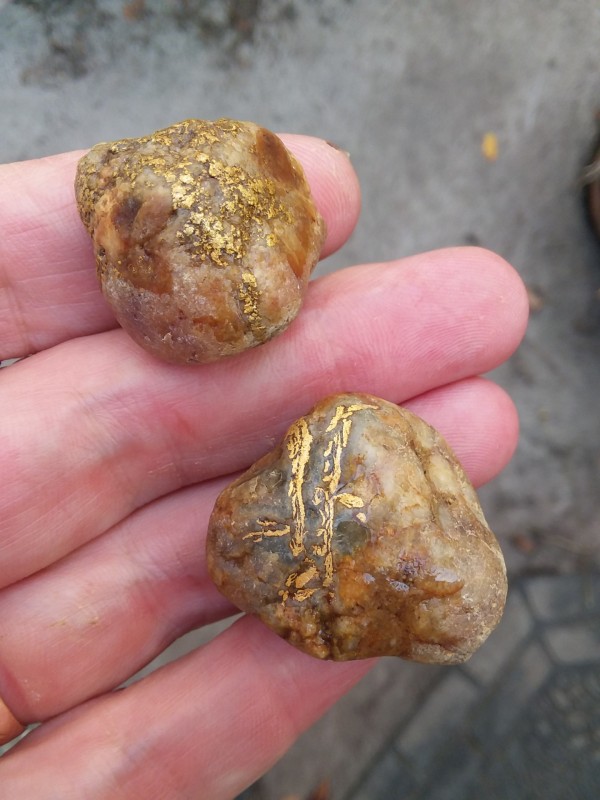
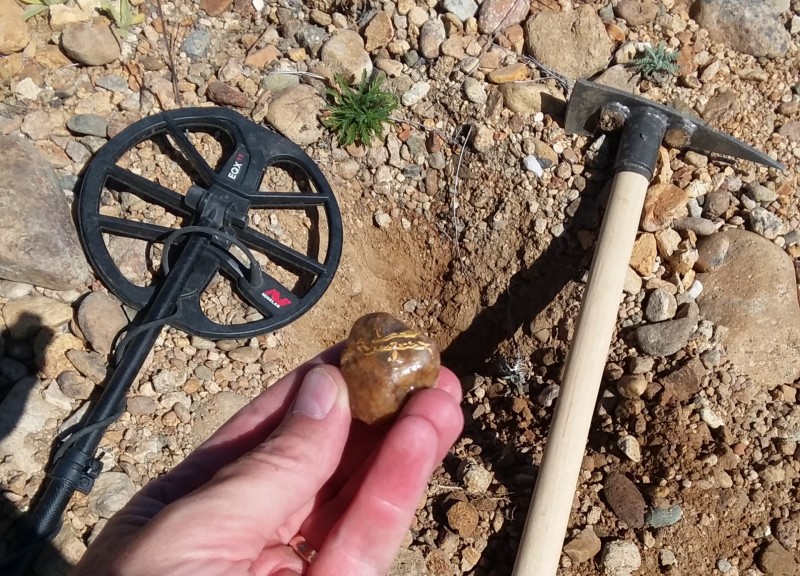



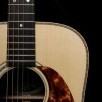
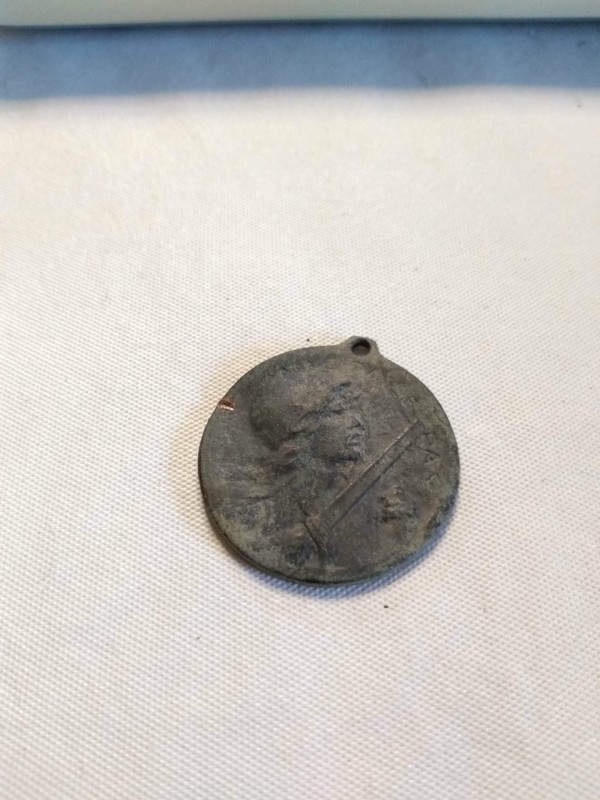
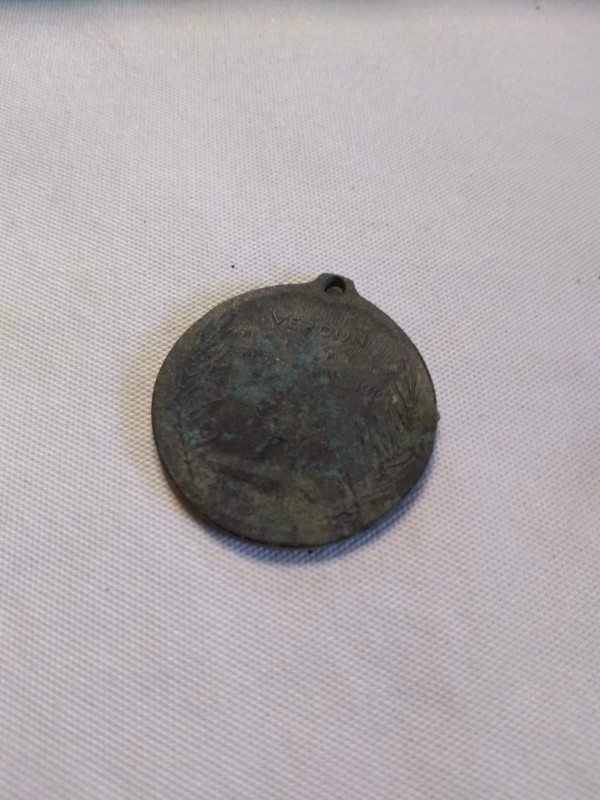
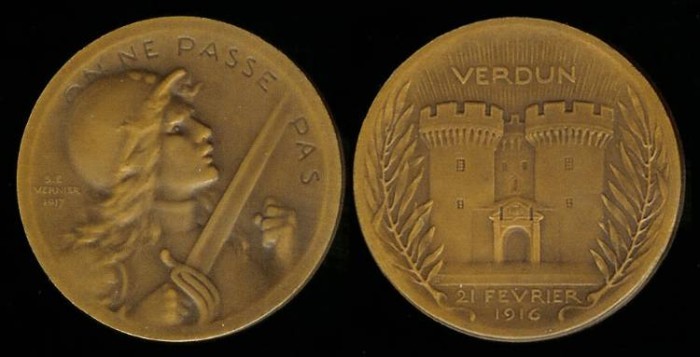
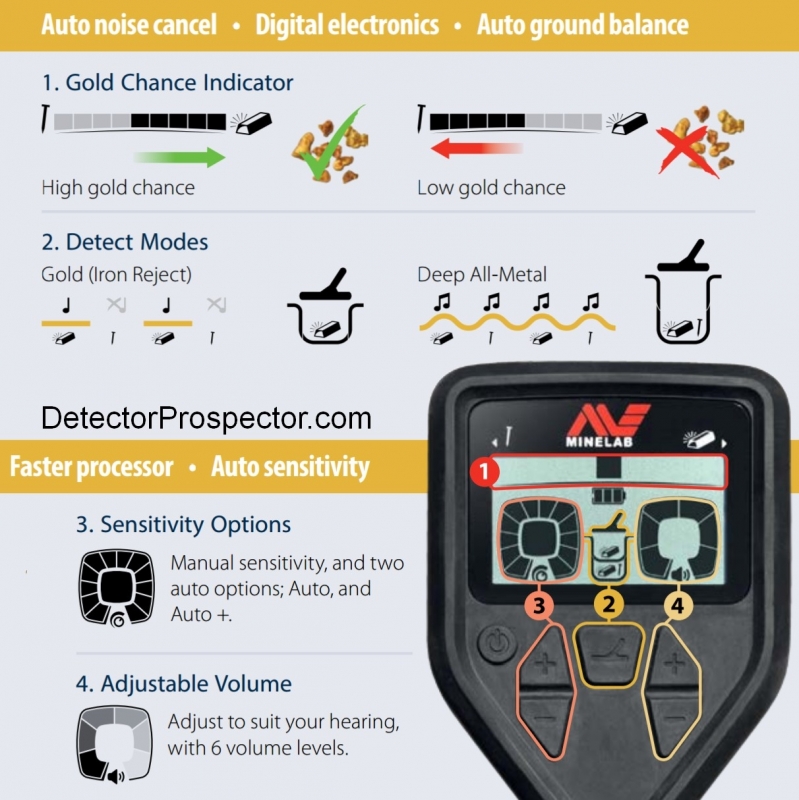
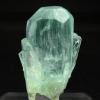

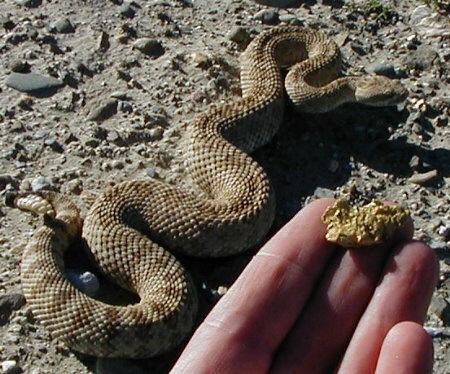
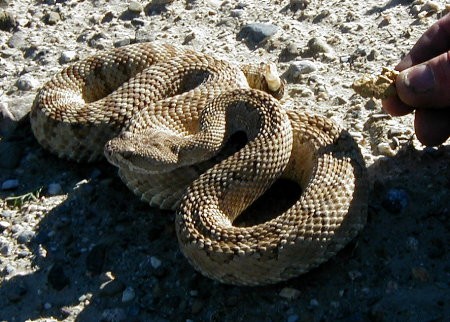

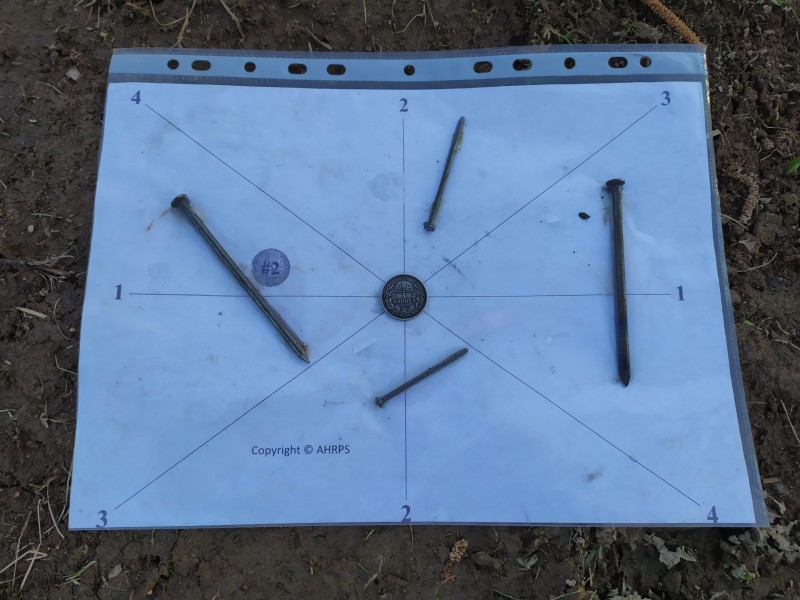
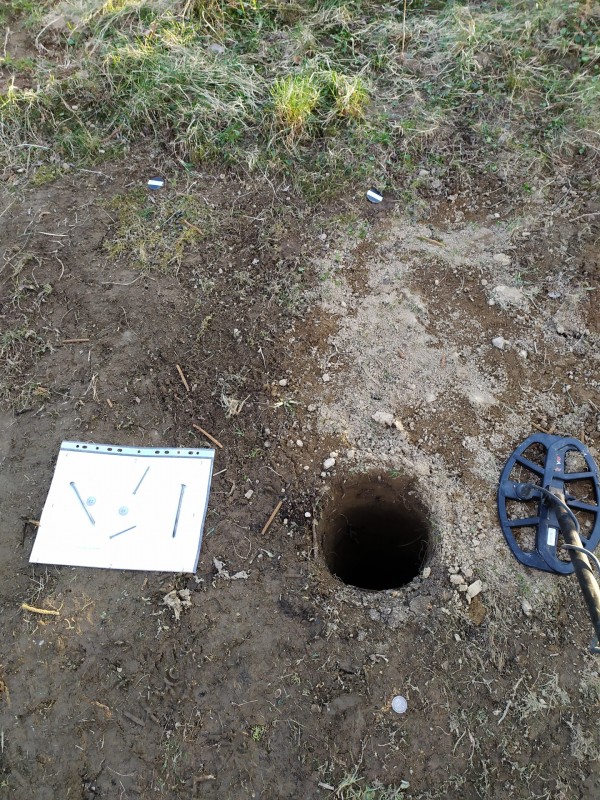
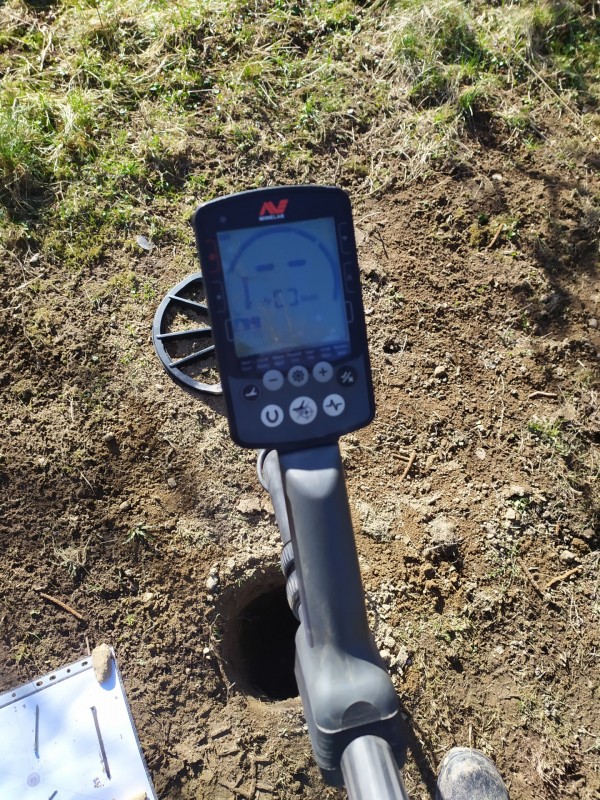



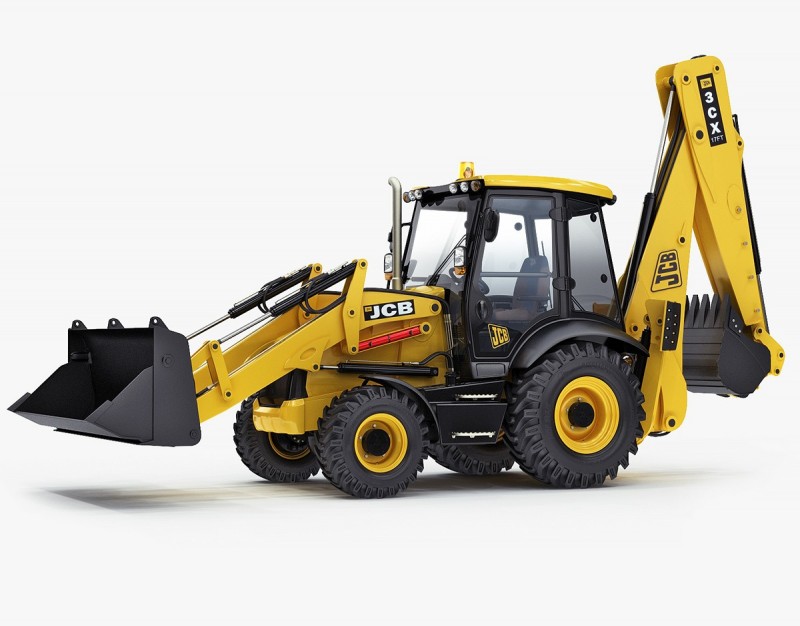

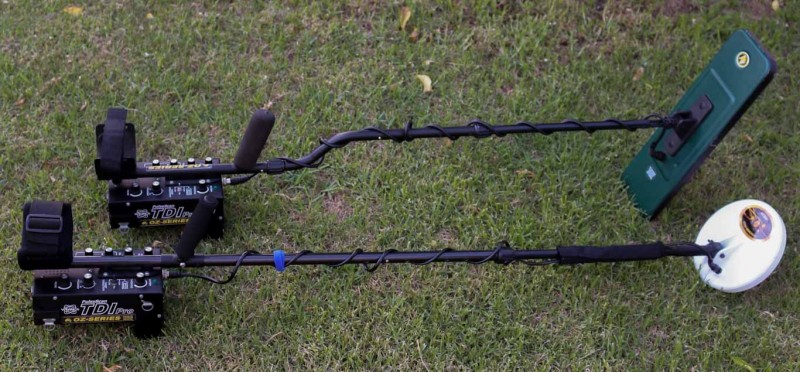
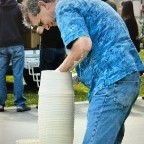
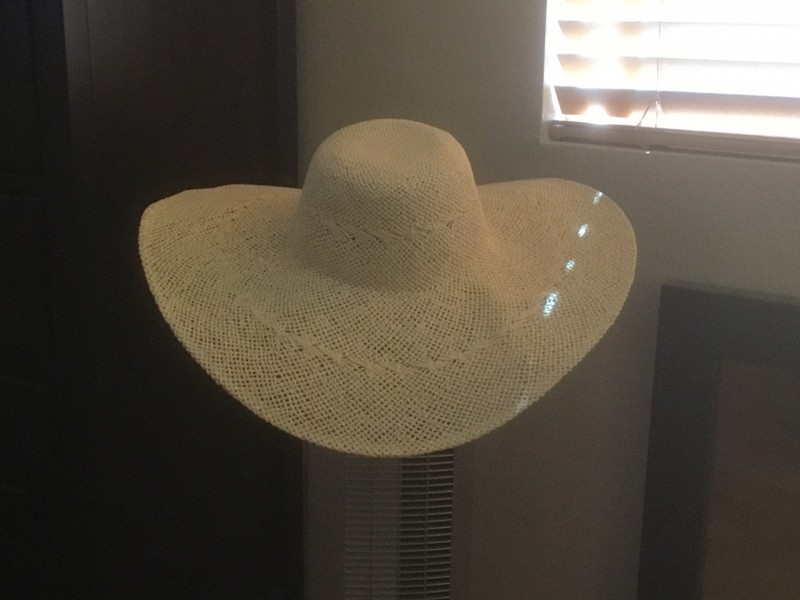
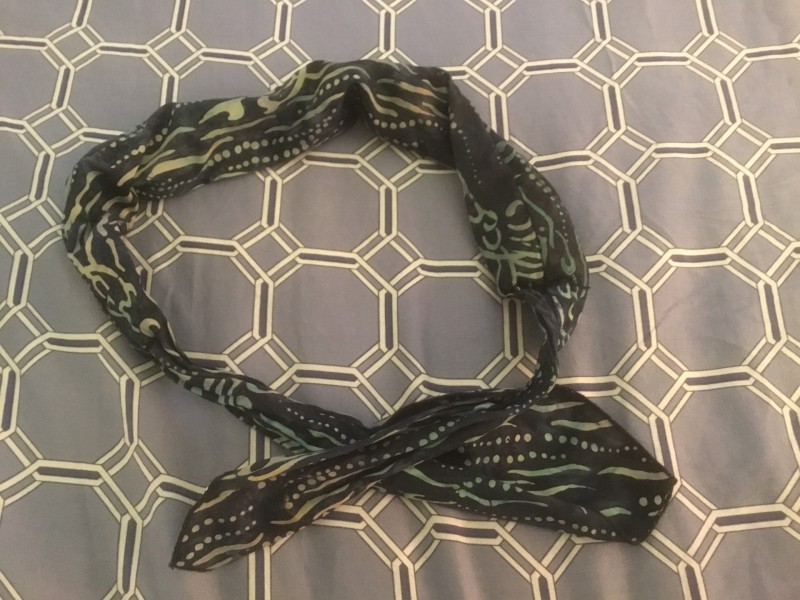


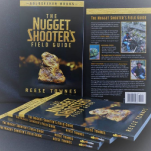
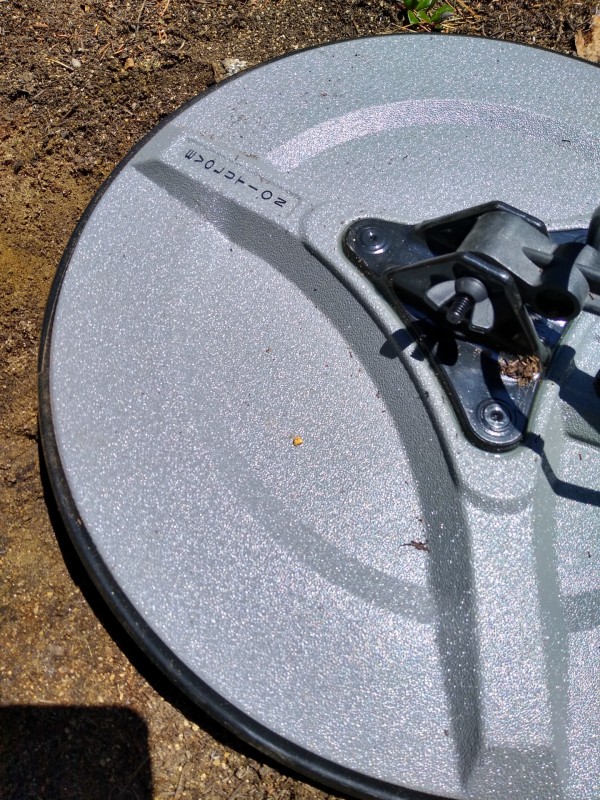
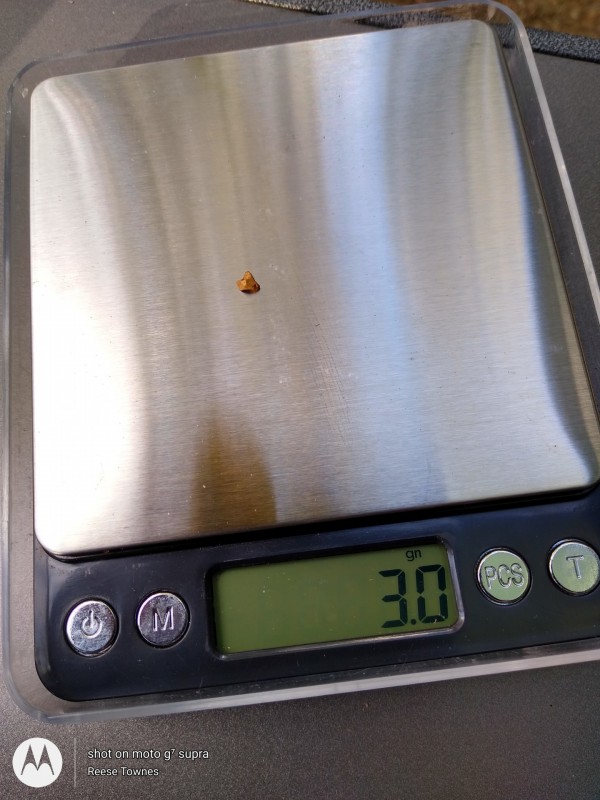
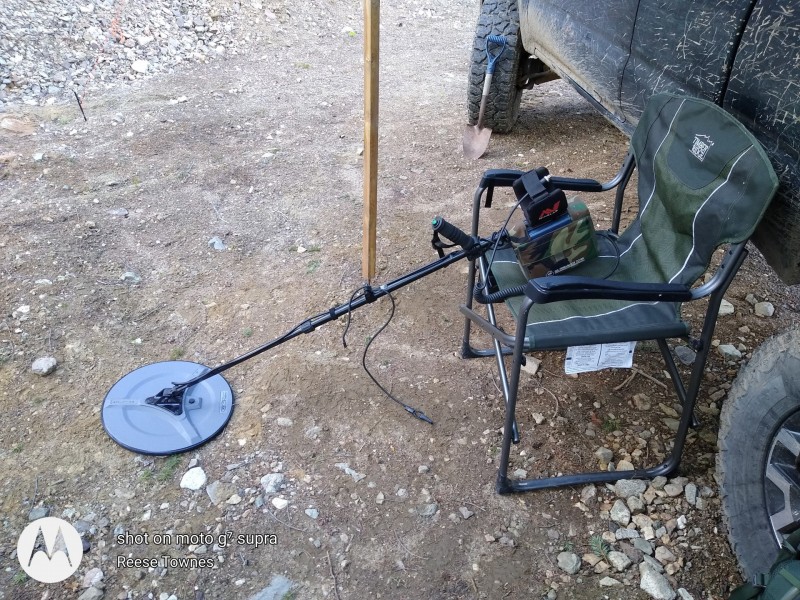
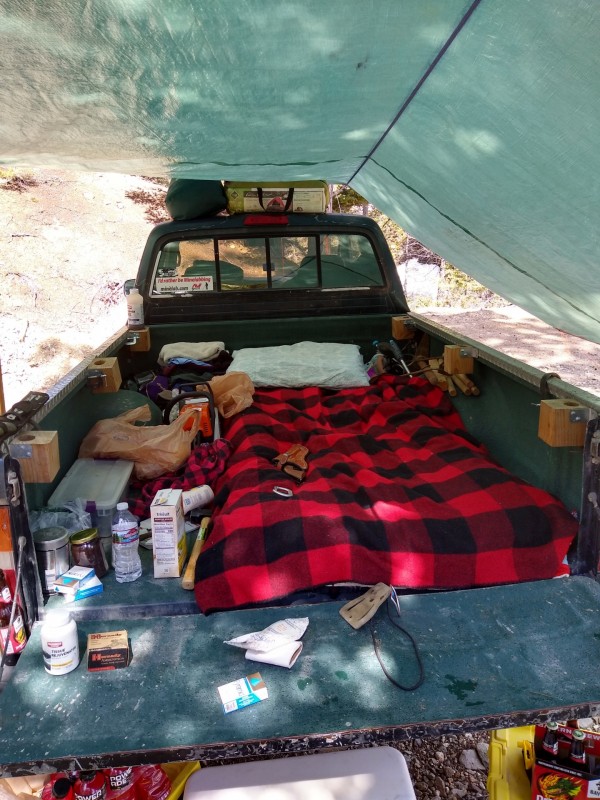
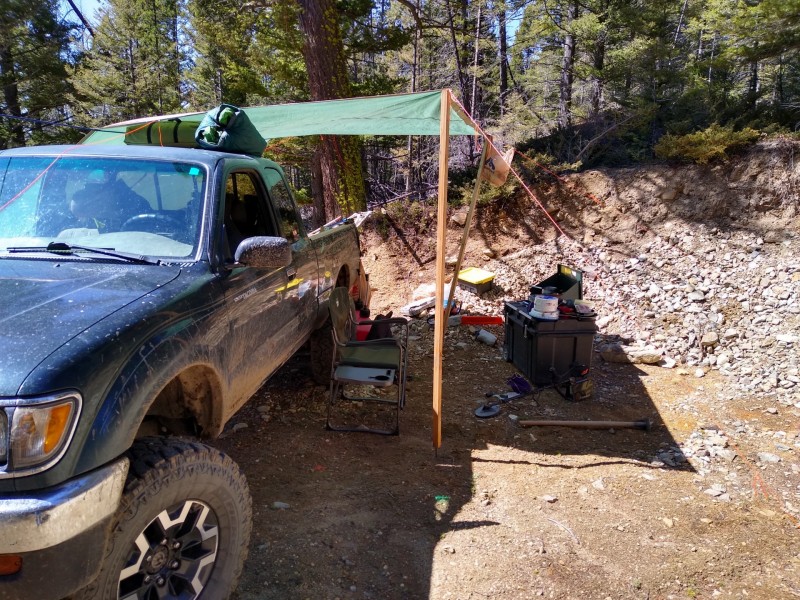
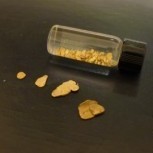
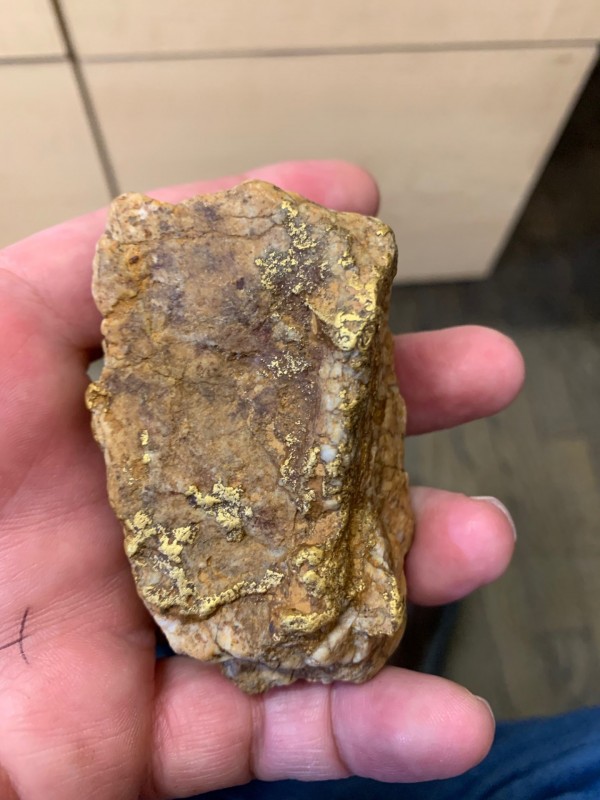
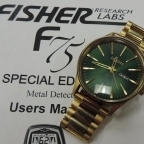
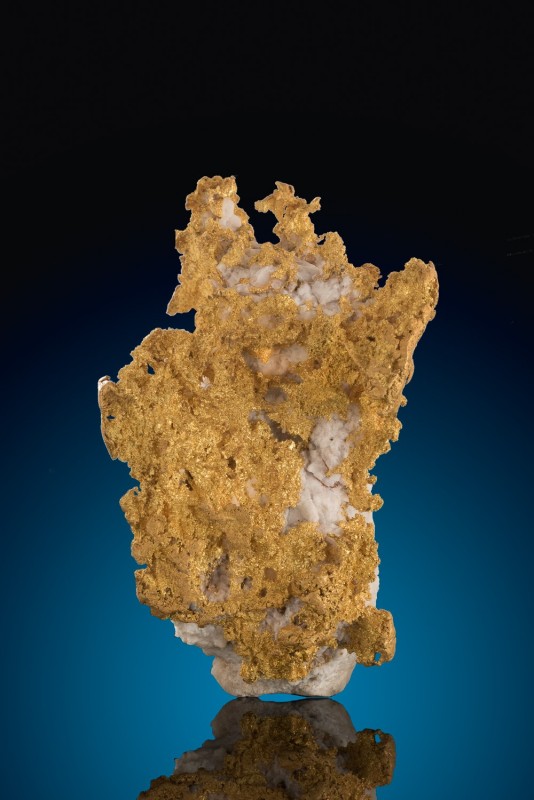

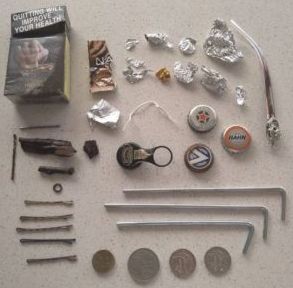
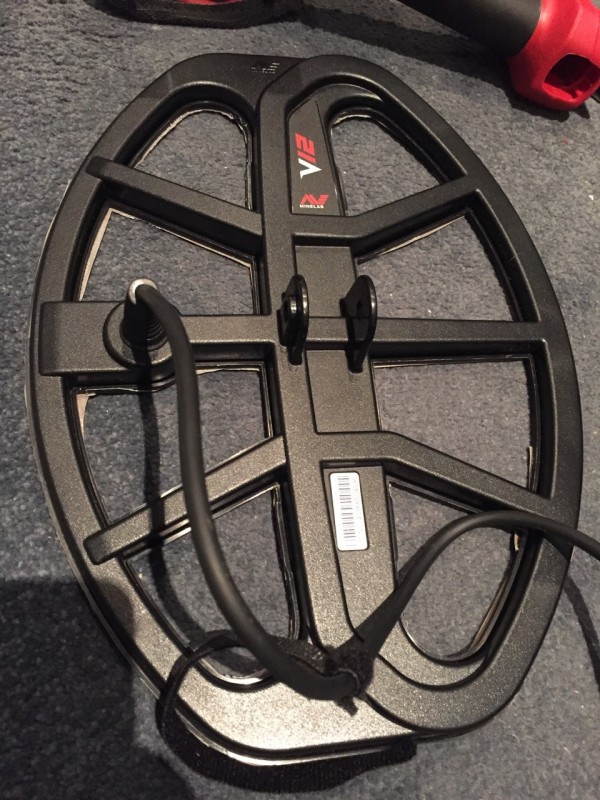
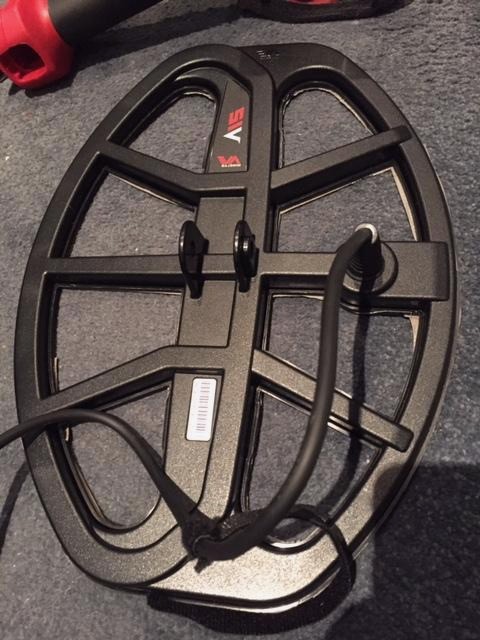
.thumb.jpg.d71314a45f3dc82bf75ac1b96e7e9201.jpg)
